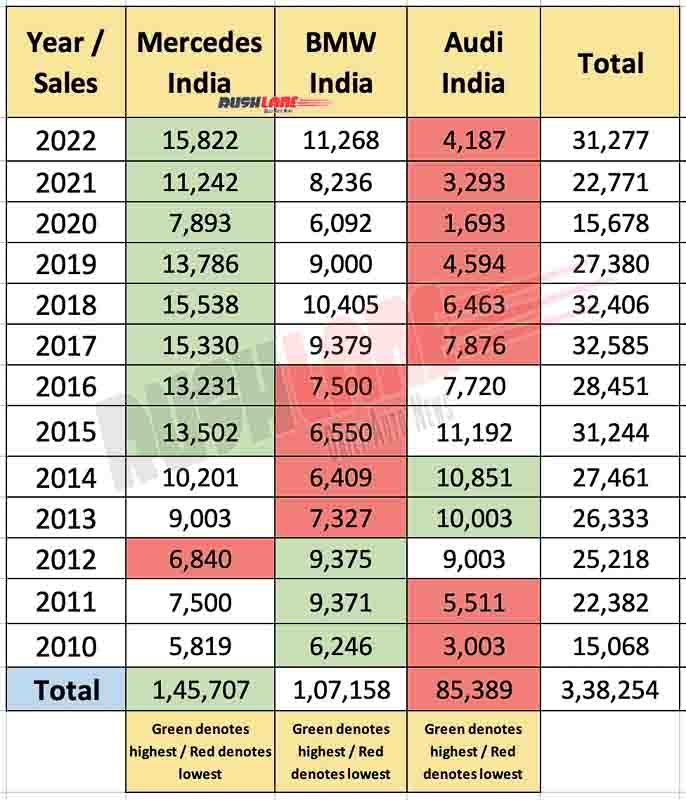Transatlantic AI Dispute: Trump Administration Vs. European Union

Table of Contents
Divergent Approaches to AI Regulation
The Transatlantic AI Dispute stems fundamentally from vastly different approaches to AI regulation. These contrasting philosophies shape policy decisions and significantly impact the development and deployment of AI technologies on both sides of the Atlantic.
US Approach under the Trump Administration and Beyond
The Trump administration, and to a large extent subsequent administrations, favored a largely deregulatory approach to AI, prioritizing innovation and economic growth. This approach emphasizes a free market philosophy, minimizing government intervention and allowing the private sector to lead AI development.
- Minimal Federal Regulation: The US lacked a comprehensive federal AI regulatory framework, opting instead for sector-specific regulations and guidelines.
- Focus on National Security: Government funding and attention were largely directed towards AI applications with national security implications, such as defense and intelligence.
- Emphasis on Self-Regulation: The Trump administration largely relied on industry self-regulation and voluntary standards to address ethical concerns surrounding AI.
EU's Approach to AI Regulation
In stark contrast, the EU has adopted a more risk-based and ethically driven approach to AI regulation. This approach is heavily influenced by the General Data Protection Regulation (GDPR) and prioritizes data privacy, transparency, and accountability.
- AI Act Proposal: The EU's proposed AI Act represents a significant regulatory undertaking, categorizing AI systems based on their risk level and imposing stricter rules for high-risk applications (e.g., those used in healthcare or law enforcement).
- Emphasis on Ethical Considerations: The EU emphasizes the ethical implications of AI, aiming to prevent bias, discrimination, and misuse of the technology.
- Transparency and Accountability: Regulations promote transparency in AI systems and establish mechanisms for accountability in case of harm or malfunction.
- Contrasting Philosophies: The EU's approach contrasts sharply with the US's more laissez-faire strategy, reflecting a fundamental difference in priorities: economic growth versus citizen protection and ethical considerations.
Underlying Causes of the Dispute
The Transatlantic AI Dispute is not merely a clash of regulatory styles; it reflects deeper cultural, political, and economic factors.
Differing Values and Priorities
- Economic Growth vs. Citizen Rights: The US prioritizes economic growth and technological leadership, often viewing regulation as a potential impediment to innovation. The EU, conversely, places a stronger emphasis on protecting citizen rights and data privacy, viewing regulation as necessary to mitigate potential harms.
- Individualism vs. Collectivism: The US's individualistic approach contrasts with the EU's more collectivist orientation, influencing the balance between individual liberties and collective well-being in AI governance.
Geopolitical Competition
The Transatlantic AI Dispute is also fueled by the intensifying global competition for AI dominance.
- The "AI Race": Both the US and EU recognize the strategic importance of AI for economic prosperity, national security, and global influence. This "AI race" creates a competitive dynamic that can complicate international cooperation on regulatory standards.
- Strategic Advantage: Each side seeks to establish its regulatory framework as the global standard, potentially creating a significant strategic advantage in the global AI marketplace.
Data Privacy and Transatlantic Data Flows
The GDPR has significantly impacted transatlantic data flows, creating challenges for US companies operating in Europe.
- Data Transfer Restrictions: The GDPR's stringent data protection rules make it more difficult for US companies to transfer data from Europe to the US, impacting business operations and international collaboration.
- Compliance Costs: Compliance with GDPR and other EU data protection laws can be costly for US companies, creating a competitive disadvantage.
Potential Consequences of the Dispute
The divergence in AI regulatory approaches between the US and EU carries significant risks.
Fragmentation of the AI Market
- Incompatible Standards: Different regulatory standards could lead to the fragmentation of the AI market, creating two separate AI ecosystems with incompatible technologies and standards.
- Reduced Innovation: This fragmentation could stifle innovation by limiting the cross-border flow of ideas, talent, and investment.
- Increased Costs: Businesses would face higher costs in complying with multiple regulatory regimes.
Impact on International Collaboration
- Obstacles to Collaboration: Different regulatory frameworks may hinder international collaboration on AI research, development, and deployment.
- Reduced Trust: Regulatory divergence could erode trust between the US and EU, complicating efforts to address shared AI challenges.
Implications for Global AI Governance
- Lack of Global Standards: The absence of harmonized global AI standards could create a regulatory vacuum, making it challenging to address global AI challenges effectively.
- Need for International Cooperation: The Transatlantic AI Dispute underscores the need for international cooperation to establish globally accepted AI governance frameworks.
Bridging the Gap in the Transatlantic AI Dispute
The key differences in US and EU approaches to AI regulation – stemming from differing values, geopolitical competition, and data privacy concerns – highlight the potential for significant consequences. Fragmentation of the AI market, reduced international collaboration, and a lack of global AI governance standards all pose significant risks. To avoid these negative outcomes, fostering collaboration and finding common ground are crucial. Further research and open dialogue are needed to bridge this divide and develop effective, globally applicable frameworks for responsible AI development. Addressing the Transatlantic AI Dispute requires a commitment to international cooperation and a willingness to reconcile differing priorities to ensure a future where AI benefits all of humanity.

Featured Posts
-
 Are Bmw And Porsche Losing Ground In China An Industry Analysis
Apr 26, 2025
Are Bmw And Porsche Losing Ground In China An Industry Analysis
Apr 26, 2025 -
 Premium Car Sales In China Why Bmw And Porsche Are Facing Difficulties
Apr 26, 2025
Premium Car Sales In China Why Bmw And Porsche Are Facing Difficulties
Apr 26, 2025 -
 January 6th Conspiracy Theories Ray Epps Defamation Case Against Fox News
Apr 26, 2025
January 6th Conspiracy Theories Ray Epps Defamation Case Against Fox News
Apr 26, 2025 -
 My Favorite Florida Escape A Cnn Anchors Perspective
Apr 26, 2025
My Favorite Florida Escape A Cnn Anchors Perspective
Apr 26, 2025 -
 Europes Ai Strategy Under Pressure From The Trump Administration
Apr 26, 2025
Europes Ai Strategy Under Pressure From The Trump Administration
Apr 26, 2025
